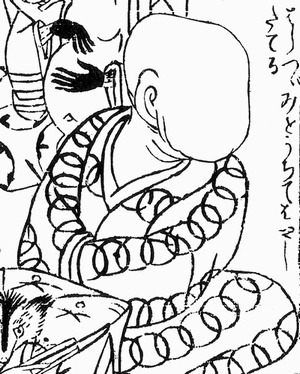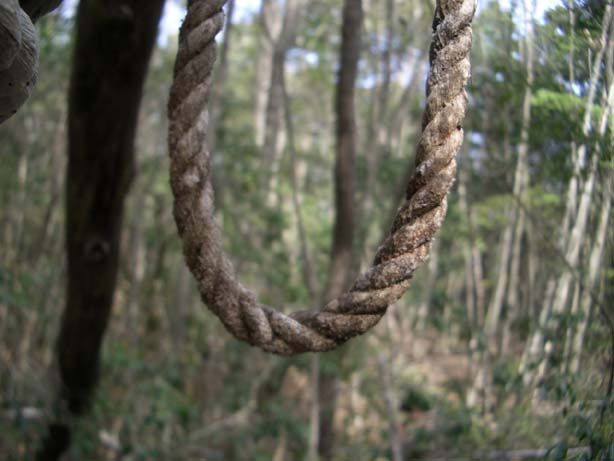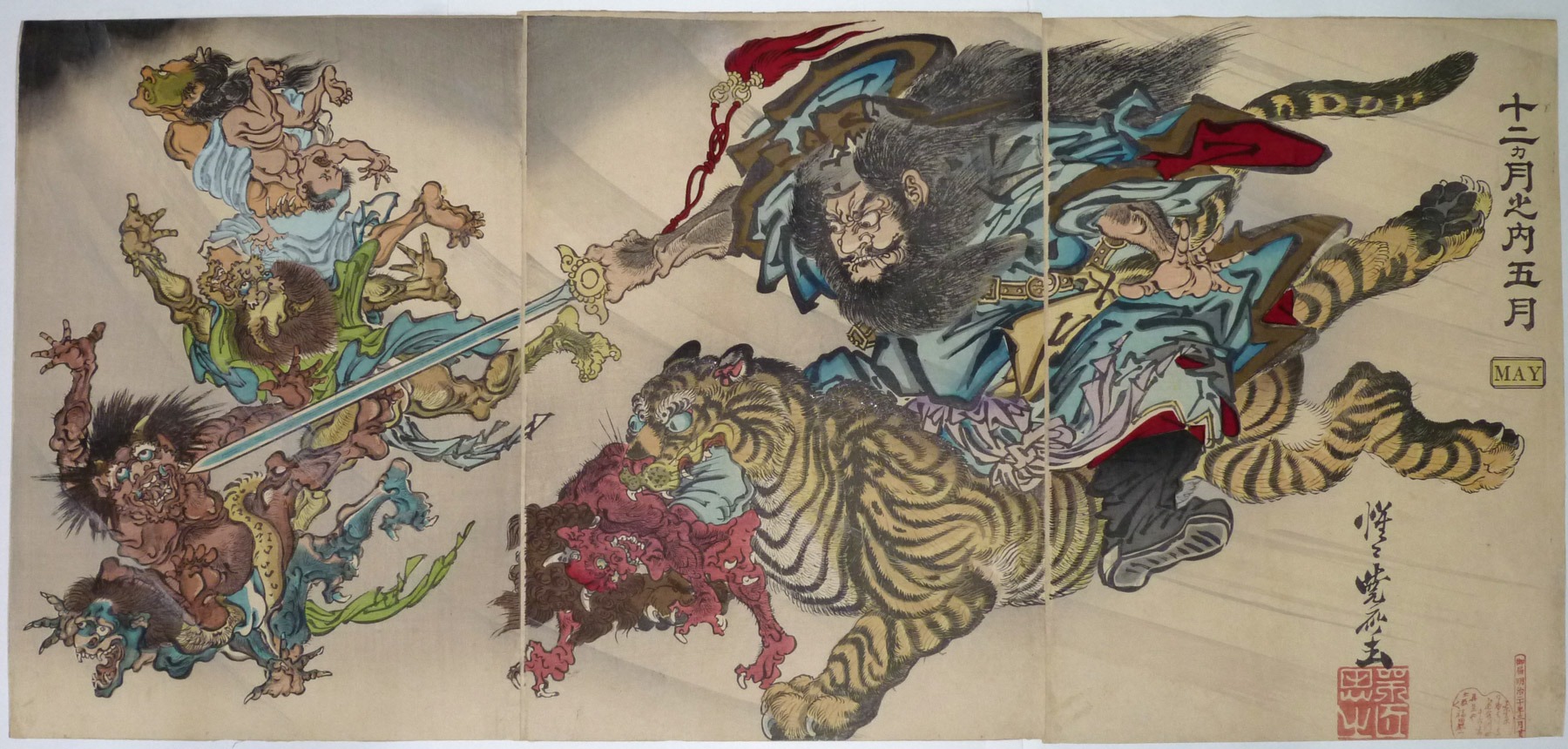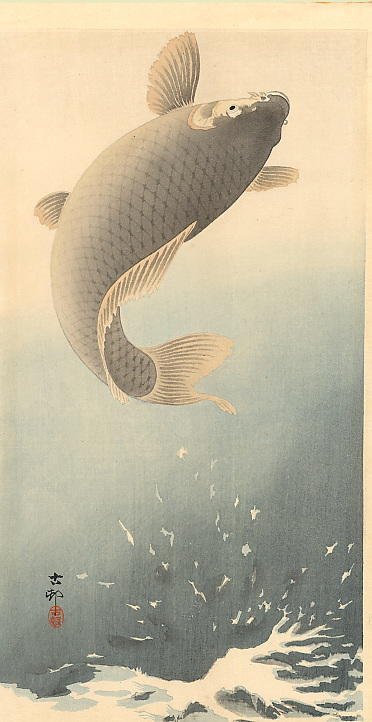
It’s a sunny day, with only a few puffy white clouds in the sky. The temperature is perfect — warm enough you don’t need a jacket, but cool enough to be comfortable. You decide that it’s time to go fishing. When you tell your wife (or husband, as the case may be) where you intend to fish, they become frightened. “Don’t go,” they say, “There’s a cemetery near that pond, and it’s haunted!”
You laugh and go anyway, thinking that ghosts are the things of children’s stories. You reach the pond, which is a cozy little place tucked away from the outside world among a little copse of trees. You can see the grey bumps of headstones off to one side. You drop your line in the water and wait for the first bite. You’re about to drift into a well deserved nap when you hear footsteps approach.
When you look up, you find a beautiful young woman approaching you. She asks you to please stop fishing in her pond, and tells you that it is a sacred place. You ignore her, figuring that she is just a local playing a prank. Then, much to your horror, she wipes away her face, leaving nothing but a flat, featureless expanse of flesh in its place.
Naturally spooked, you run. When you return home and tell your wife (or husband) the story, they say “I told you so!” and proceed to wipe away their own face.
You, my unfortunate friend, have just encountered the Noppera-bo, the faceless ghost. The story I just told is a modified version of one of two traditional stories about this ghost species. In the original the fisherman is lazy and is going to fish from a sacred imperial koi pond. He also runs into a second person (after his wife) who tells him not to fish there. The second story involves a man traveling on a road, where he comes across a woman crying. When he tries to comfort her, she turns around and reveals her face is smooth as an eggshell. The man understandably flees, and comes to a food stand, where the vendor also reveals he is a faceless ghost.
Noppera-bo are apparently harmless. They do nothing more than scare the ever-loving crap out of unsuspecting people. As for why they do this, well, their motives are unclear. They often appear initially in human form, often as someone who is familiar to their potential victim. Once they’ve ingratiated themselves to the victim, or otherwise attracted their attention, they then go full horror movie on the poor guy (or gal, but usually a guy).
If the koi pond story is any indication, the Noppera-bo may have functioned as a kind of boogeyman, a way to ward people away from places they ought not fool around in. The second primary story involving Noppera-bo smacks of paranoia toward strangers, reading almost like a feudal Japanese version of the phantom hitchhiker. Whatever the message might be, Noppera-bo are strange critters, and yet another example of the bizarre menagerie of monsters the Japanese believed haunted their countryside.




The “faceless” exist in all cultures. And not the GOT fictional assassin bs. The truth of their origin and nature of their being is much stranger, scarier and horrifying than one would ever believe. The place they reside can only be described as the “Grey”
You make a good point about how the modern fictional world likes to turn neutral, gray creatures into something that is either black or white. Gray areas are often more interesting. How we think of stories like the Noppera-bo is shaped by our society’s view of reality. American culture, for example, often thinks in black and white. There is little gray in people’s thinking.Considering that, it makes sense that Game of Thrones and other fiction struggle with creatures that are neither black nor white.
This tale recounts a lazy fisherman who decided to fish in the imperial koi ponds near the Heian-kyō palace. Despite being warned by his wife about the pond being sacred and near a graveyard , the fisherman went anyway. On his way to the pond, he is warned by another fisherman not to go there, but he again ignores the warning. Once at the spot, he is met by a beautiful young woman who pleads with him not to fish in the pond. He ignores her and, to his horror, she wipes her face off. Rushing home to hide, he is confronted by what seems to be his wife, who chastises him for his wickedness before wiping off her facial features as well.
Yes, that’s one of the original versions of the story! I just put a bit of my own spin on it for narrative purposes in the beginning there, haha. It’s interesting how there are only two versions of this story. Often when you come across folkloric tales there are many, many versions to the point it can get downright confusing when you’re trying to find information about them. That isn’t always the case in Japanese folklore.